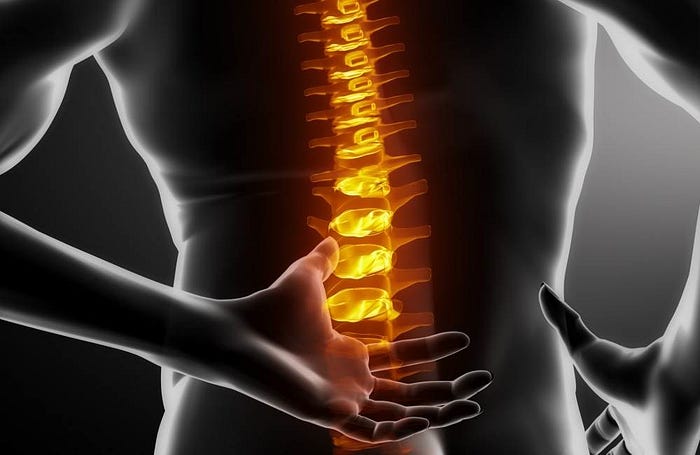Spinal Stenosis: Causes, Symptoms, and Modern Treatment Options
Back pain is one of the most common health concerns today, and one significant cause behind chronic back and leg pain is Spinal Stenosis. This condition can impact mobility, lifestyle, and overall quality of life if left untreated. Fortunately, advancements in spine care and surgical techniques have made it possible to manage spinal stenosis effectively.

In this blog, we will understand what spinal stenosis is, its causes, symptoms, treatment options, and how specialized spine care from experts like Dr. Sarthak Kadakia can help patients regain a pain-free, active life.
What is Spinal Stenosis?
Spinal stenosis is a condition where the spaces within your spine narrow, creating pressure on the spinal cord and nerves. This narrowing usually occurs in the lower back (lumbar spine) or the neck (cervical spine) and can lead to pain, numbness, or weakness.
Causes of Spinal Stenosis
Several factors contribute to the development of spinal stenosis, including:
Age-related wear and tear (most common in people over 50)
Herniated or bulging discs
Thickened ligaments putting pressure on nerves
Bone spurs caused by arthritis
Spinal injuries or trauma
Genetic spinal deformities (such as scoliosis)
Symptoms of Spinal Stenosis
The symptoms can vary depending on where the narrowing occurs but typically include:
Lower back pain or neck pain
Sciatica — radiating pain that travels down the legs
Numbness, tingling, or weakness in arms or legs
Difficulty walking or balancing
Pain that worsens with standing or walking but improves when sitting or bending forward
Diagnosis of Spinal Stenosis
A spine specialist may recommend diagnostic tests such as:
MRI Scan — to check for nerve compression
CT Scan — to get detailed images of spinal structures
X-rays — to detect bone spurs or spinal deformities
Treatment Options for Spinal Stenosis
Treatment depends on the severity of symptoms. Options include:
Conservative (Non-Surgical) Treatments
Pain-relieving medications
Physical therapy to strengthen muscles
Epidural steroid injections to reduce inflammation
Lifestyle modifications (exercise, posture correction)
Surgical Treatments
When conservative measures fail, surgery may be needed. Common surgical options include:
Laminectomy — removing part of the vertebra to relieve nerve pressure
Foraminotomy — widening the space where nerves exit the spine
Spinal Fusion — stabilizing the spine by fusing vertebrae together
Minimally Invasive Spine Surgery (MISS) — advanced techniques with smaller incisions, faster recovery, and less pain
Why Choose Dr. Sarthak Kadakia for Spinal Stenosis Treatment?
Dr. Sarthak Kadakia is a highly skilled Spine Specialist and Surgeon with expertise in both non-surgical and surgical management of spinal disorders. His patient-centric approach ensures:
Accurate diagnosis with advanced imaging techniques
Personalized treatment plans tailored to each patient
Expertise in minimally invasive spine surgery for quicker recovery
Comprehensive post-surgery rehabilitation and follow-up care
Contact Information :-
Address : 2nd Floor, DEVKRUPA CHS, Swami Vivekananda Rd, beside Pulse Diagnostic Shimpoli Signal, Shimpoli, Borivali West, Mumbai, Maharashtra 400092
Mobile : +919701549701

Comments
Post a Comment